Apartment or Multi-family real estate investing breaks down into four distinct residential building classes: what is a Class A apartment, Class B, Class C, and Class D. As investors, it is important that you have the ability to distinguish between the four residential building classes, types of multifamily properties which will enable you to determine which asset class best fits your apartment deals and which ones you should avoid.
Class A Properties:
- The crème de la crème asset class for the multi-family home definition
- Usually less than 10 years old and are upscale, luxury apartments
- Average rents are high.
- Generally located in desirable geographic areas
- White-collar workers live in them and usually rent by choice.
- Generally have the highest valuations per door and the lowest market cap rates
- Bought primarily for appreciation
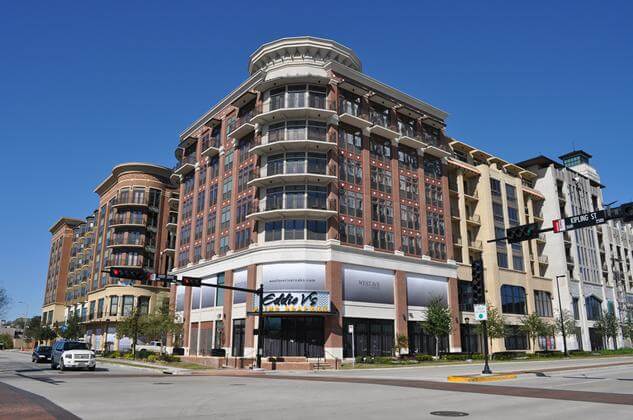
Image Credit: The Future Tense
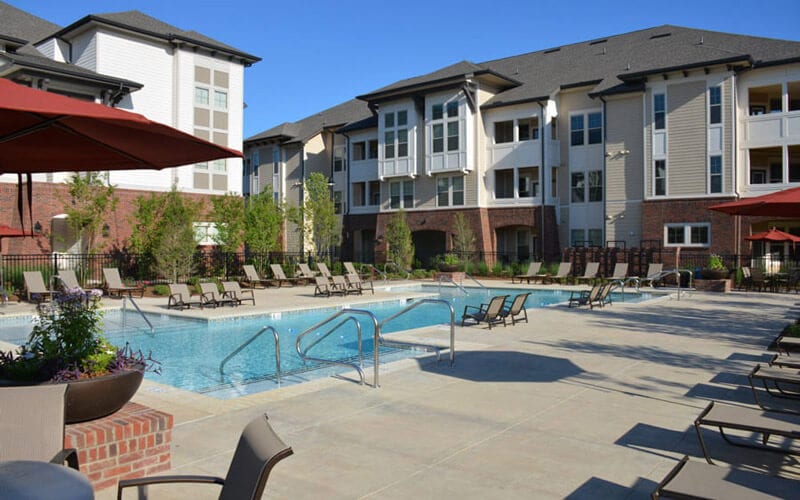
Image Credit: LIV Development

Image Credit: Homestead U
Class B properties
- Can be 10 to 25 years old
- Generally well-maintained
- Have a middle-class tenant base, including both white- and blue-collar workers. Some renters are by choice, and others by necessity.
- Cap rate that is higher than Class A property but lower than that of building Class C multifamily property.
- Bought primarily for appreciation rather than cash flow, but they generally have more cash flow than Class A property
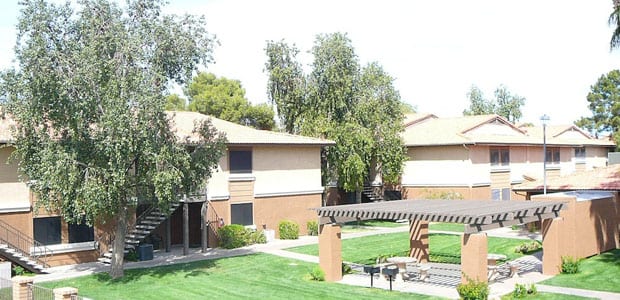
Image Credit: AZ Big Media
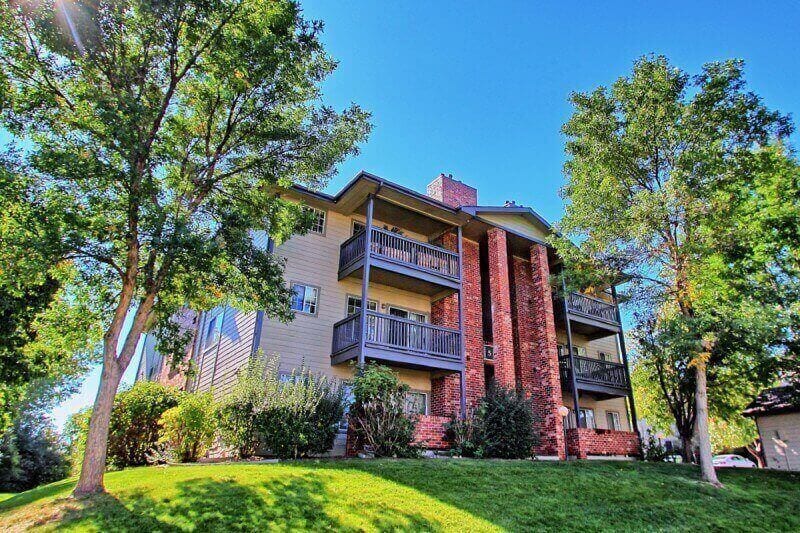
Image Credit: RE Business Online
Image Credit: Urban Turf
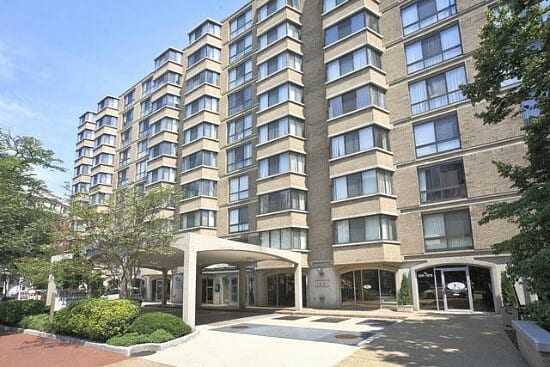
Class C Properties:
- Built within the last 30 to 40 years
- Generally have blue-collar and low-to-moderate income tenants
- Most tenants are renters “for life,” with the exception of some tenants who are just starting out and are likely to work their way up to Class B or what is Class A property as they progress in their careers.
- Rents are below market.
- Most attractive to cash flow investors because they offer the best cash flow
- Can be the first to appreciate in a rising market
- Some of the best deals occur when an investor finds a Class C and class b property in a Class B area, class b apartment and makes the required improvements to bring it up to market standards.
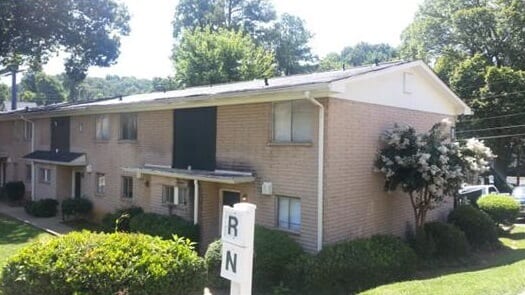
Image Credit: Anthony Griffin Blog
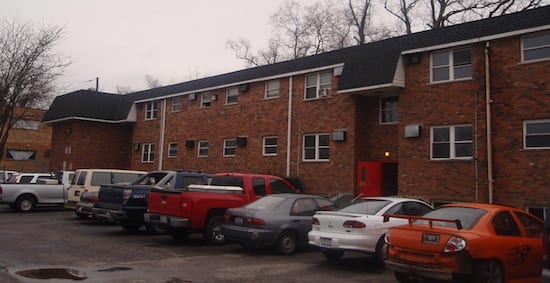
Image Credit: The Real Estate Guys

Image Credit: Bolour
Class D Properties
- Built more than 40 years ago
- House many Section 8, government-subsidized tenants
- Generally located in lower socioeconomic areas
- Newbies beware: b class apartments, d class property due to high vacancies, substantial deferred maintenance, and the likelihood of being located in a high crime area, they require intense management and heavy security. They are for seasoned investors only!
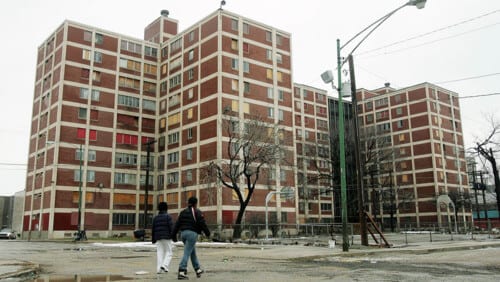
Image Credit: Anthony Griffin Blog
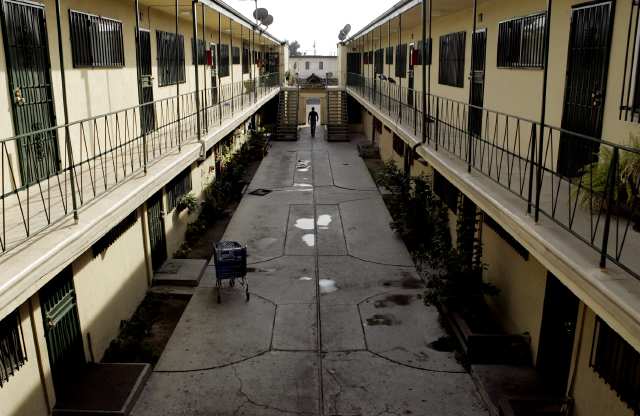
Image Credit: Uprising Radio

Image Credit: Jefferson Village Apartments
Now that you’ve read my crash-course guide that explains the multi-family home definition – hopefully, you no longer have to wonder, “what is multi-family real estate!”
Are you a newbie or a seasoned investor who wants to take their real estate investing to the next level? The 10-Week Apartment Syndication Mastery Program is for you. Joe Fairless and Trevor McGregor are ready to pull back the curtain to show you how to get into the game of apartment syndication. APARTMENT SYNDICATION MASTERY to learn how to get started today.
Disclaimer: The views and opinions expressed in this blog post are provided for informational purposes only, and should not be construed as an offer to buy or sell any securities or to make or consider any investment or course of action.




